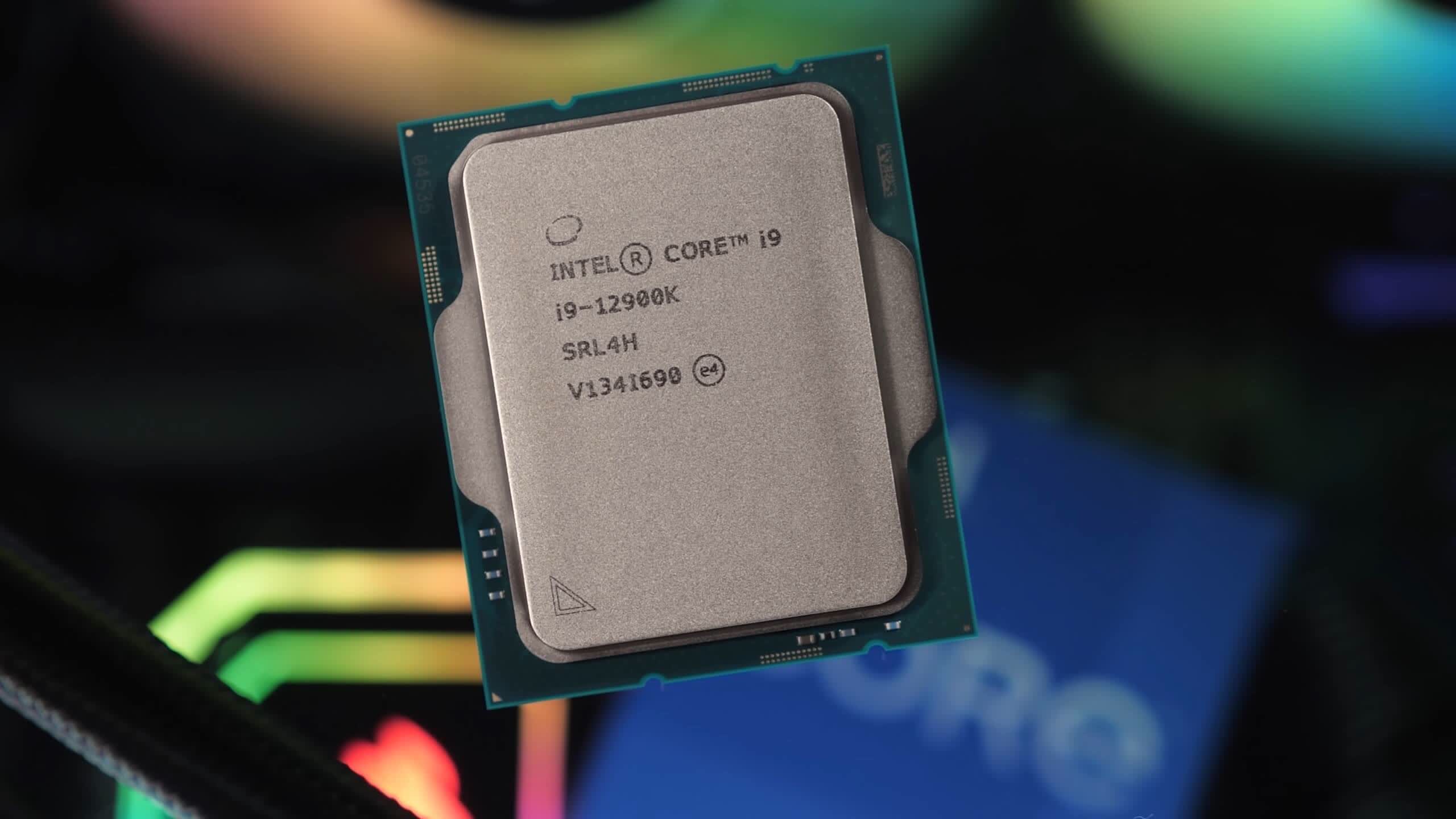In brief: Intel's Alder Lake CPUs and motherboards have just started shipping to enthusiasts around the world, and the overclocking community didn't waste any time pushing them to their limits. The latest result was achieved by popular overclocker HiCookie, who managed to push an Intel Core i9-12900K to a whopping 8 GHz.

Intel’s Core i9-12900K is already a beast in terms of performance at stock settings, but that didn't stop overclocking enthusiasts from pushing it further to find its limits. Last month, a popular figure in the overclocking community managed to get Team Blue’s latest flagship CPU to a respectable 6.8 GHz for the Golden Cove (performance) cores and 5.3 GHz for the Gracemont (efficiency) cores. This translates to a 31 percent overclock on the P-cores and a 36 percent overclock on the E-cores — enough to set new Geekbench 4 and Geekbench 5 world records in both single-core and multi-core tests.
Z690 AORUS rompe los récords de overclocking de Dual 8 GHz en i9-12900K CPU / DDR5 Memory🚀#Z690 #Z690TACHYON #Intel pic.twitter.com/2Ov3bIEFae
— Aorus (ES) (@aorus_es) November 3, 2021
This week, Taiwanese overclocker HiCookie has managed to get even more impressive results when trying to overclock the P-cores, with the highest stable clock being a respectable 8 GHz. HiCookie proudly announced the result on Gigabyte’s Spanish Twitter account for the Aorus sub brand, along with screenshots of the CPU-Z submission. The 8 GHz overclock required setting the multiplier to 80x and the V-core to 1.81V.
To achieve this, the overclocker used liquid nitrogen (LN2) cooling, a Gigabyte Z690 Aorus Tachyon motherboard, and a single 16-gigabyte stick of DDR5 memory. Along with the CPU overclock, HiCookie also pushed the DDR5 module to an effective speed of 8,300 MHz from the default 4,800 MHz spec.
For reference, Intel’s Rocket Lake flagship has only been pushed to around 7.33 GHz, while the highest recorded overclock for the Core i9-10900K (Comet Lake) is 7.7 GHz. The highest CPU overclock ever recorded was done on an AMD FX-8370 (Piledriver), which was pushed to over 8.7 GHz.
Judging by this first batch of overclocking results, Team Blue's latest flagship desktop processor may have the potential to reach new heights, provided someone finds an even higher quality sample to play with.
If you’re interested in learning more about the Core i9-12900K, be sure to check out Steve’s extensive review.
https://www.techspot.com/news/92073-intel-core-i9-12900k-pushed-8-ghz-alongside.html